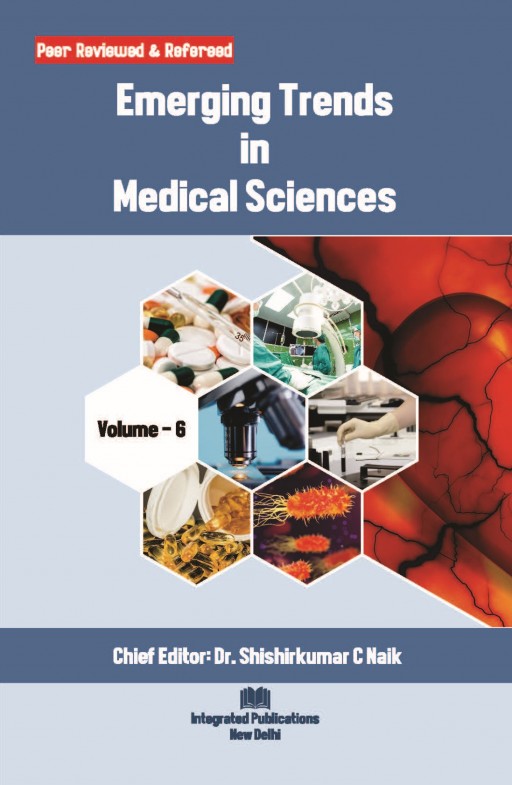The cells of the innate immune system express a group of receptors that are dedicated for the detection and subsequent removal of various products associated with the pathogens. These receptors are known as Pattern Recognition Receptors (PRRs) that are proteins and interact with pathogens through evolutionary conserved pathogenic structures known as Pathogen-Associated Molecular Patterns (PAMPs). As PAMPs are associated with pathogens, they are essential for their survival and are different from the host. Danger-associated molecular patterns or DAMPs are another set of molecules triggering the immune response. Of all the PRRs, the Toll-like receptors (TLRs) are the most widely studied. PRRs on interacting with their respective PAMPs through an adaptor molecule elicit downstream signaling pathways inside the cell resulting in the production of various proinflammatory molecules and eliminating or controlling the infection. All these events occur in coordination and lead to the generation of early immune response against the infection. Thus, PRRs are necessary to mount an early and immediate immune response against a pathogen and initiate an adaptive immune response that is long-lasting.
Copyright information
© Integrated Publications.

